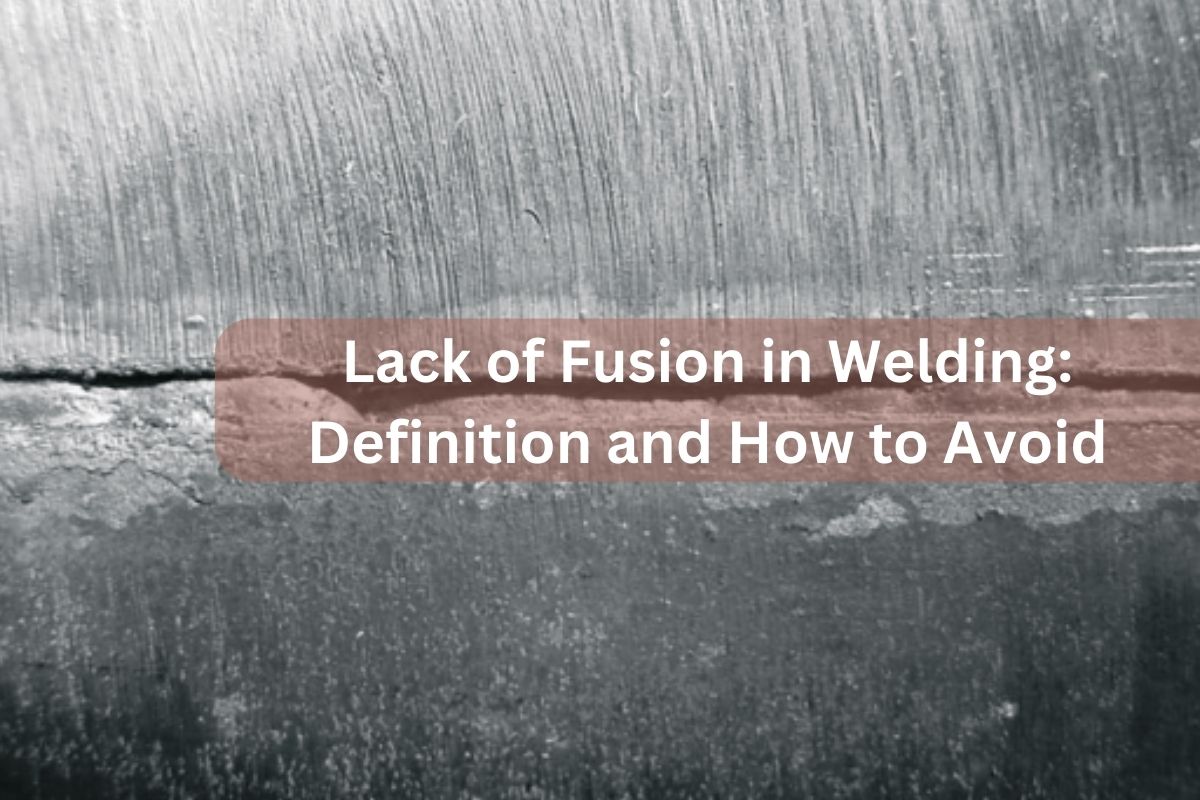Finest Practices for Preventing Weld Undercut: Mastering the Fundamentals
Finest Practices for Preventing Weld Undercut: Mastering the Fundamentals
Blog Article
Comprehending the Causes and Solutions for Undercut Welding in Metal Manufacture Procedures
In the world of steel manufacture processes, the occurrence of undercut welding presents a considerable challenge that demands a detailed understanding of its causes and feasible options. The intricate interplay of numerous factors throughout welding procedures can cause this unwanted phenomenon, impacting the architectural stability and total quality of the bonded joints - Preventing weld undercut. By exploring the origin of undercut welding and discovering efficient restorative steps, makers can raise the criterion of their workmanship and ensure the production of remarkable metal elements
Typical Reasons For Undercut Welding
Frequently neglected in metal construction, undercut welding takes place because of different aspects that demand careful focus and knowledge to be successfully reduced. One common source of undercut welding is extreme heat input. When the heat input is too expensive, it can result in the melting and subsequent erosion of the base product along the edges of the weld joint, producing a groove or undercut. Additionally, inappropriate welding methods, such as using the wrong welding angle or take a trip rate, can likewise add to undercut formation. Insufficient protecting gas insurance coverage is one more vital element that can cause undercutting. Insufficient gas protection falls short to safeguard the weld pool properly, leading to oxidation and undercut flaws. The selection of welding parameters, such as voltage, present, and wire feed speed, plays a considerable role in the occurrence of undercut welding. Recognizing these typical causes is critical for carrying out preventive steps and making certain top notch welds in metal fabrication procedures.
Effect of Incorrect Welding Parameters
Imprecise welding criteria can considerably compromise the stability and quality of welded joints in metal construction procedures. The influence of incorrect welding parameters materializes in different means, leading to structural weaknesses and defects in the welded components. Precise focus to welding parameters is vital to guarantee the production of premium welds with the desired mechanical properties and structural stability.
Result of Improper Torch Angle
Inappropriate torch angle in welding operations can dramatically influence the top quality and integrity of the final weld joints in steel construction processes. Damaging is a typical welding defect where a groove forms along the weld toe, compromising the joint and jeopardizing its architectural honesty.
A lantern angle that is as well high can bring about insufficient penetration, incomplete combination, and increased spatter. On the various other hand, a lantern angle that is also shallow can result in too much penetration, burn-through, and distortion of the base material. Preventing weld undercut. Appropriate lantern angle is necessary for making sure consistent weld high quality, stamina, and appearance
To stop damaging and various other issues brought on by improper lantern angles, welders should be educated to maintain the appropriate lantern angle throughout the welding process. Normal surveillance and modification of lantern angles during welding can aid achieve audio welds with minimal issues.
Role of Inadequate Welding Techniques

One more facet of inadequate welding methods is improper weld prep work. Poor cleansing of the base steels, wrong joint design, or insufficient edge prep work can all add to damage welding. Furthermore, inadequate shielding gas insurance coverage or making use of the incorrect kind of gas can cause incomplete blend and the formation of undercut defects.
To deal with the role of insufficient welding strategies in metal construction processes, it is necessary to give extensive training for welders. you could try this out Correct education on welding criteria, joint prep work, and protecting gas selection can assist avoid undercut welding and make sure high-quality welds in metal manufacture tasks.
Efficient Solutions for Undercut Welding
Dealing with undercut welding in metal construction calls for applying effective options to improve weld high quality and structural honesty. One of the main services to fight undercut is to change welding specifications such as voltage, present, and take a trip speed to guarantee correct warmth input and blend. By fine-tuning these settings, welders can avoid extreme melting of the base metal and filler material, decreasing the probability of undercut formation.
Additionally, appropriate joint preparation is essential in avoiding undercut. Making sure clean base metal surface areas totally free of contaminants and utilizing the proper bevel angle can aid advertise far better weld penetration and reduce the threat of undercut - Preventing weld undercut. Using appropriate welding methods, such as weaving or oscillating the lantern, can also assist in distributing heat uniformly and filling up the weld joint effectively, lessening the possibility of undercut issues
In addition, picking the correct welding consumables, consisting of electrodes and filler steels, is crucial in reducing undercut. Using materials with suitable chemical structures and mechanical residential or commercial properties can add to accomplishing sound welds with minimal undercut. Routine examination and quality assurance actions should additionally be implemented to identify and resolve undercut their explanation problems without delay, making certain the general honesty of made steel components.

Conclusion
To conclude, understanding the causes and options for undercut welding in metal manufacture procedures is vital for attaining high-quality welds. By dealing with common reasons such as inaccurate welding criteria, inappropriate torch angle, and poor welding methods, welders can avoid damaging and guarantee solid, sturdy welds. It is necessary to pay interest to these factors and carry out reliable remedies to enhance the overall welding procedure and end product high quality.

Report this page